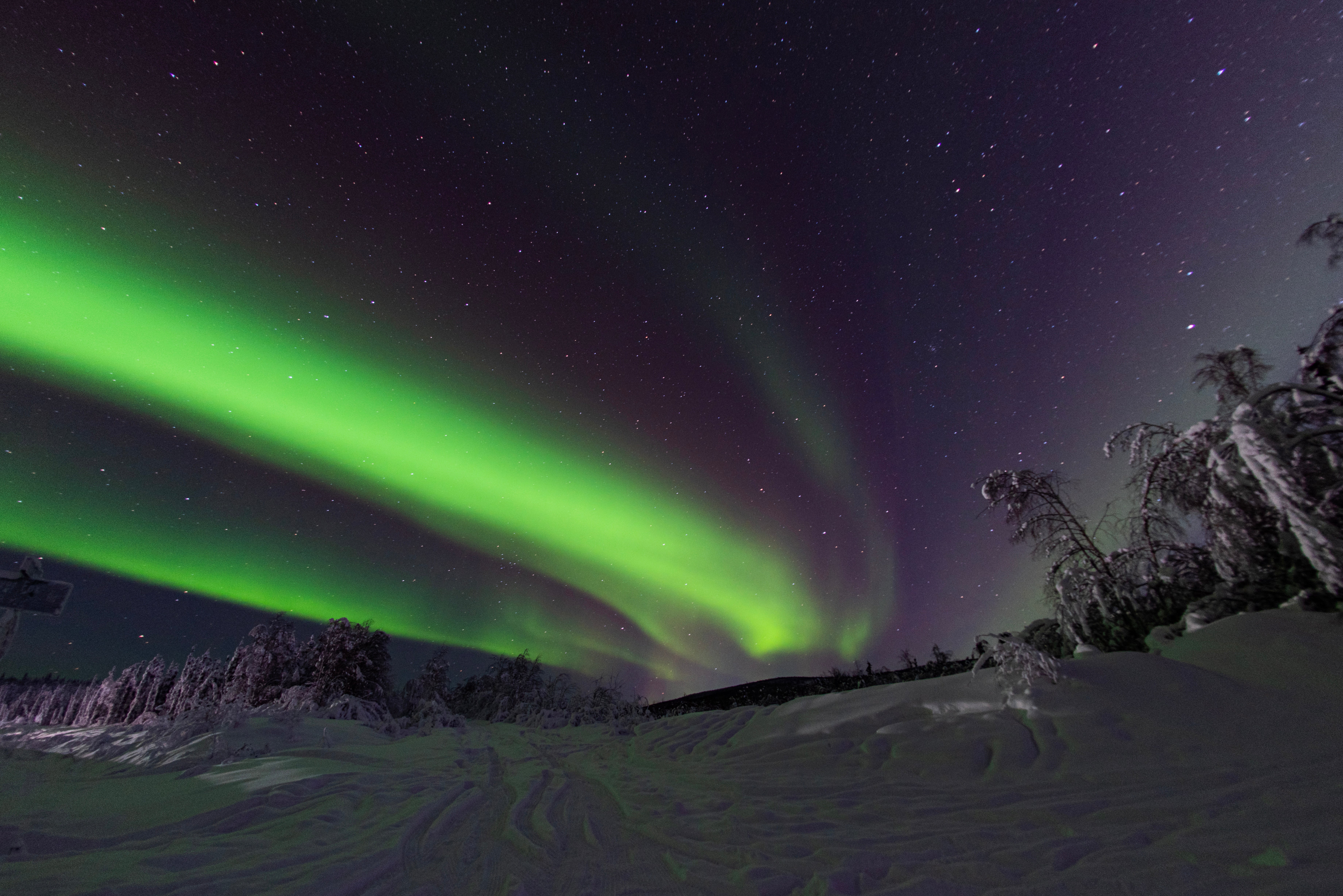Where to see the Northern Lights?
The Aurora Borealis is usually only visible from Scotland and parts of northern England
Your support helps us to tell the story
From reproductive rights to climate change to Big Tech, The Independent is on the ground when the story is developing. Whether it's investigating the financials of Elon Musk's pro-Trump PAC or producing our latest documentary, 'The A Word', which shines a light on the American women fighting for reproductive rights, we know how important it is to parse out the facts from the messaging.
At such a critical moment in US history, we need reporters on the ground. Your donation allows us to keep sending journalists to speak to both sides of the story.
The Independent is trusted by Americans across the entire political spectrum. And unlike many other quality news outlets, we choose not to lock Americans out of our reporting and analysis with paywalls. We believe quality journalism should be available to everyone, paid for by those who can afford it.
Your support makes all the difference.The Northern Lights are likely to be visible to parts of the UK again Monday night after the Aurora Borealis was spotted across England last night.
The Aurora Borealis is usually only visible from Scotland and parts of northern England, but on Sunday night, parts of southern England such as Kent and Cornwall reported sightings.
To see the Aurora conditions must be dark and clear, with as little light pollution as possible, and the Northern Lights are usually best seen in high latitude regions closer to the Arctic, such as Scandinavia.

The Met Office said: “The lights generally extend from 50 miles to as high as 400 miles above the Earth’s surface...The best conditions to view the lights are when the sky is dark and clear of any clouds.
“Cloud cover ultimately blocks the view of the light. Ideally, the lights will be best viewed away from any light pollution, in remote areas, facing the northern horizon - north facing coasts produce some of the best viewing locations. The northern lights are most active during the Equinox and Solstice in March/April and September/October.
“Predominantly the northern lights are best witnessed in Scotland, North England, North Wales and Northern Ireland. However under severe space weather conditions, the lights can be seen throughout the UK.”
According to the Royal Museums Greenwich, the Aurora Borealis is the result of “atoms and molecules in our atmosphere colliding with particles from the Sun”.
The Met Office confirmed on Sunday that the Northern Lights could be spotted in the UK due to “a coronial hole high speed stream” which had combined with “a rather fast coronial mass ejection”.
People living further north are more likely to catch a glimpse of the Aurora. Physicists from Lancaster University will be tweeting @aurorawatchuk when the Aurora may be visible from the UK.
The Northern Lights are caused by the lines of force in the Earth’s magnetic field.
The Aurora Borealis was spotted as far south as Devon in November 2021.




Join our commenting forum
Join thought-provoking conversations, follow other Independent readers and see their replies
Comments